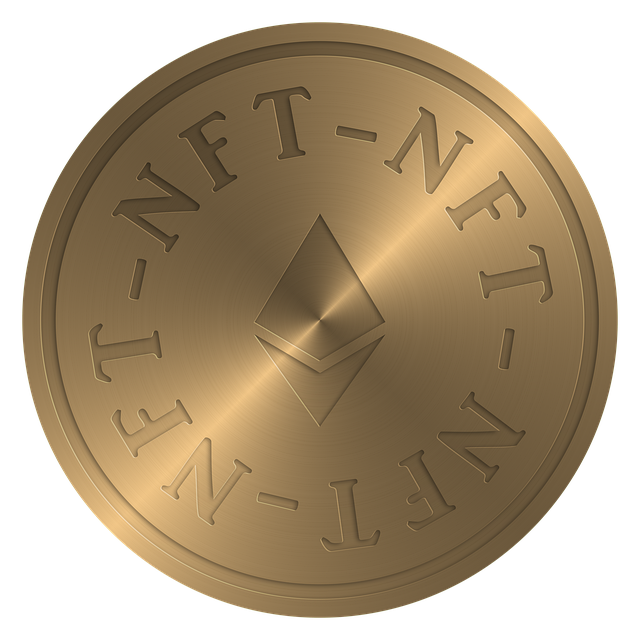
TL;DR:
Ethereum, a pioneer since 2015, completed its transition to Proof of Stake (PoS) in a historic event called "The Merge". This shift from energy-intensive Proof of Work (PoW) aims to improve Ethereum's efficiency, scalability, and sustainability by replacing computational power with token staking. PoS offers numerous benefits, including reduced environmental impact, faster transactions, enhanced security, and decentralization. However, the transition presents challenges like ensuring network trust, preventing centralization, and facilitating a smooth user experience. Successfully navigating these complexities will solidify Ethereum's position as a leader in sustainable blockchain technology and Web3 development.
Ethereum’s transition from Proof of Work (PoW) to Proof of Stake (PoS) marks a historic shift, ushering in a new era post-The Merge. This comprehensive guide explores Ethereum’s historical context, delving into the mechanics and advantages of PoS. We dissect the process of The Merge, highlighting its significance in Web3 development. Beyond the transition, we analyze challenges and future implications, offering insights into Ethereum’s evolving role in shaping decentralized technologies. Uncover why this shift is a game-changer for blockchain’s potential.
- Understanding Ethereum's Historical Context: From Proof of Work to the Transition Plan
- What is Proof of Stake? A Deconstruction of the Concept and Its Benefits
- The Merge: Ethereum's Historic Shift to Proof of Stake Explained
- Advantages of Proof of Stake Over Proof of Work in Depth
- Challenges and Considerations During the Transition Period
- Looking Ahead: The Future of Ethereum Post-Merge and Its Impact on Web3
Understanding Ethereum's Historical Context: From Proof of Work to the Transition Plan

Ethereum, one of the world’s leading blockchain platforms, has been on a continuous evolution since its inception in 2015. Initially powered by Proof of Work (PoW), where miners solve complex mathematical puzzles to validate transactions and create new blocks, Ethereum’s energy-intensive nature sparked concerns about its environmental impact. This led to a pivotal decision: the transition from PoW to Proof of Stake (PoS).
The transition plan, collectively known as The Merge, aimed to make Ethereum more energy-efficient and scalable. By shifting to PoS, Ethereum aims to replace computational power with stake, where validators are chosen based on the number of tokens they hold. This historical shift not only addresses environmental concerns but also paves the way for a more decentralized and efficient network, setting the stage for a new era in the blockchain space.
What is Proof of Stake? A Deconstruction of the Concept and Its Benefits

Proof of Stake (PoS) is a consensus mechanism that replaces the traditional Proof of Work (PoW) system used by Ethereum before The Merge. Instead of miners competing to solve complex mathematical puzzles, PoS allows validators to secure the network by staking their ETH tokens. This process involves committing funds to support and protect the blockchain’s integrity. Validators are chosen to create new blocks based on the number of tokens they hold and the duration for which they’ve maintained their stake (the longer the stake, often the higher the chances).
The benefits of PoS are multifaceted. It offers improved energy efficiency compared to PoW, as it doesn’t require computationally intensive mining operations. This makes Ethereum more environmentally friendly. Additionally, PoS enhances network security through economic incentives, disincentivizing malicious activity. It also promotes a more decentralized participant base, as anyone with a significant ETH stake can become a validator. This shift marks a new era for Ethereum, promising enhanced scalability, sustainability, and decentralization in its post-merge landscape.
The Merge: Ethereum's Historic Shift to Proof of Stake Explained

The Merge, a historic moment in the evolution of Ethereum, marked a pivotal shift from Proof of Work (PoW) to Proof of Stake (PoS). This transition signifies a significant leap forward for the blockchain industry, as Ethereum—one of the most influential and widely-used networks—embraces a more energy-efficient and secure consensus mechanism.
In simple terms, The Merge implemented PoS, where validators stake their ETH tokens to validate transactions and create new blocks. This method replaces the intensive mining process of PoW, which required vast computational power and energy. By adopting PoS, Ethereum aims to reduce its environmental impact while enhancing scalability, transaction speed, and overall network security.
Advantages of Proof of Stake Over Proof of Work in Depth

The Ethereum network’s shift from Proof of Work (PoW) to Proof of Stake (PoS) marks a significant milestone in its evolution, promising numerous advantages that set it apart from its predecessor. PoS offers a more energy-efficient and environmentally friendly consensus mechanism compared to PoW. While PoW relies on intensive mining operations consuming vast amounts of electricity, PoS achieves secure validation through stake holding, eliminating the need for powerful hardware and reducing overall energy consumption.
Additionally, PoS enhances network scalability and transaction speed. In the current PoW system, Ethereum faces challenges in processing a large number of transactions simultaneously due to its limited block size and slow confirmation times. PoS, with its ability to validate multiple blocks concurrently, can significantly increase throughput, enabling faster and more efficient transaction finality. This transition is pivotal for Ethereum’s future, positioning it as a leader in sustainable blockchain technology while addressing critical issues plaguing the industry.
Challenges and Considerations During the Transition Period

The transition of Ethereum from Proof of Work (PoW) to Proof of Stake (PoS) marks a significant shift, promising enhanced scalability and energy efficiency. However, this period of change is not without its challenges and considerations. One key concern lies in ensuring a smooth transition for users and developers alike, particularly regarding network security and decentralization. With PoS, the emphasis shifts from computational power to stake holding, requiring a new level of trust and participation from the community.
Moreover, the transition period demands careful management to prevent potential centralization risks. As rewards are distributed based on staked ETH, there’s a need for mechanisms to encourage broad participation and discourage large-scale consolidation of stakes. Ethereum’s developers and community must navigate these complexities to ensure the network’s resilience, security, and accessibility during this new era beyond The Merge.
Looking Ahead: The Future of Ethereum Post-Merge and Its Impact on Web3

Looking ahead, the Ethereum ecosystem is poised for a significant transformation post-Merge, marking a new era for the network and its impact on Web3. The transition to Proof of Stake (PoS) is expected to enhance scalability, security, and energy efficiency, addressing many of the challenges faced by the blockchain industry today. With PoS, Ethereum aims to facilitate faster transaction times and lower costs, making it more accessible to everyday users and fostering broader adoption.
This shift will also empower developers and users alike by introducing new opportunities for participation and governance within the Ethereum community. The concept of staking allows individuals to contribute their tokens as collateral to validate transactions, securing the network’s integrity. As a result, Web3 applications can thrive, leveraging the strengths of a more robust, decentralized infrastructure. This future-oriented approach positions Ethereum as a leading force in shaping the digital economy and reshaping our interaction with technology.
The transition of Ethereum to Proof of Stake marks a pivotal moment in the blockchain’s evolution, signaling a new era for Web3. By leaving Proof of Work behind, Ethereum not only enhances its scalability and energy efficiency but also fosters a more decentralized and secure network. As the Merge solidifies, the focus shifts to navigating post-transition challenges and realizing the full potential of a streamlined Ethereum ecosystem. This shift promises to revolutionize smart contract development, making Ethereum more accessible and beneficial for users worldwide.






